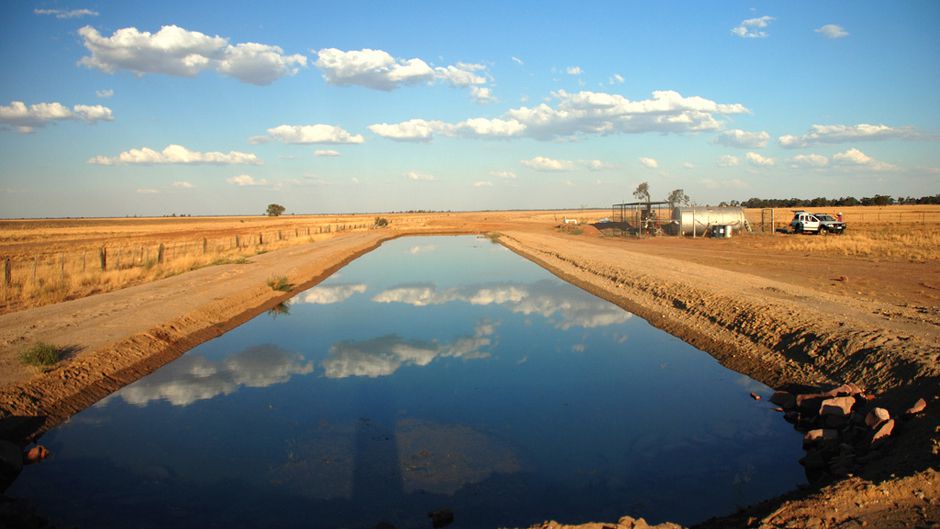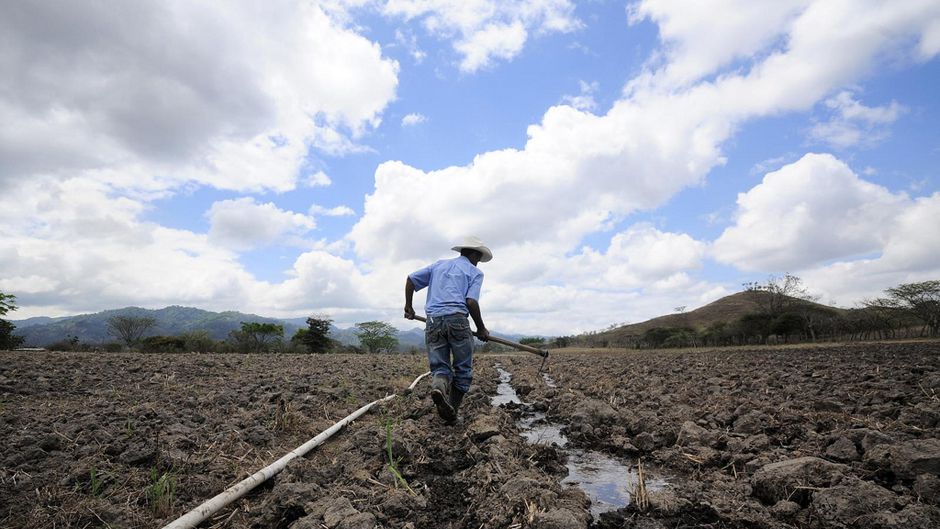 An ongoing investigation by The Desert Sun into Nestle’s contentious bottled water operations in drought-stricken California first disclosed that the company’s permit to draw water had a rather astonishing expiration date that occurred over a quarter century ago, in 1988. Recently, the Sunreported an update in the investigation with a jaw-dropping twist: the Forest Service — not Nestle — is the agency primarily responsible for failing to renew Nestle’s permit.
An ongoing investigation by The Desert Sun into Nestle’s contentious bottled water operations in drought-stricken California first disclosed that the company’s permit to draw water had a rather astonishing expiration date that occurred over a quarter century ago, in 1988. Recently, the Sunreported an update in the investigation with a jaw-dropping twist: the Forest Service — not Nestle — is the agency primarily responsible for failing to renew Nestle’s permit.
In fact, judging by the government agency’s complete inability to even review Nestle’s long-expired permit — not to mention the lucrative job a retired Forest Service supervisor currently enjoys — there is an arguable case that collusion and corruption are at the heart of the entire issue.
Forest Service officials shirked their duty to review the company’s long-expired permit by conducting numerous meetings about what was needed t0 initiate necessary procedures — but never once followed through with a single proposition to completion. Even the basic legality of allowing a private company to use federal land for the extraction and bottling of water for profitable sale was once called into question by several officials.
Letters, emails, and meeting notes clearly mark a number of instances where the review process and various studies of the environmental impact from continued collection of the spring water were initiated between 1999 and 2003 — but not followed up by any action. In fact, nothing in these documents offers definitive answers for the inexplicable lack of action on every aspect of the Arrowhead permit. Forest Service officials have given plenty of excuses — citing everything from a tight budget to limited staffing — for the reason other concerns were given priority.
…click on the above link to read the rest of the article…











